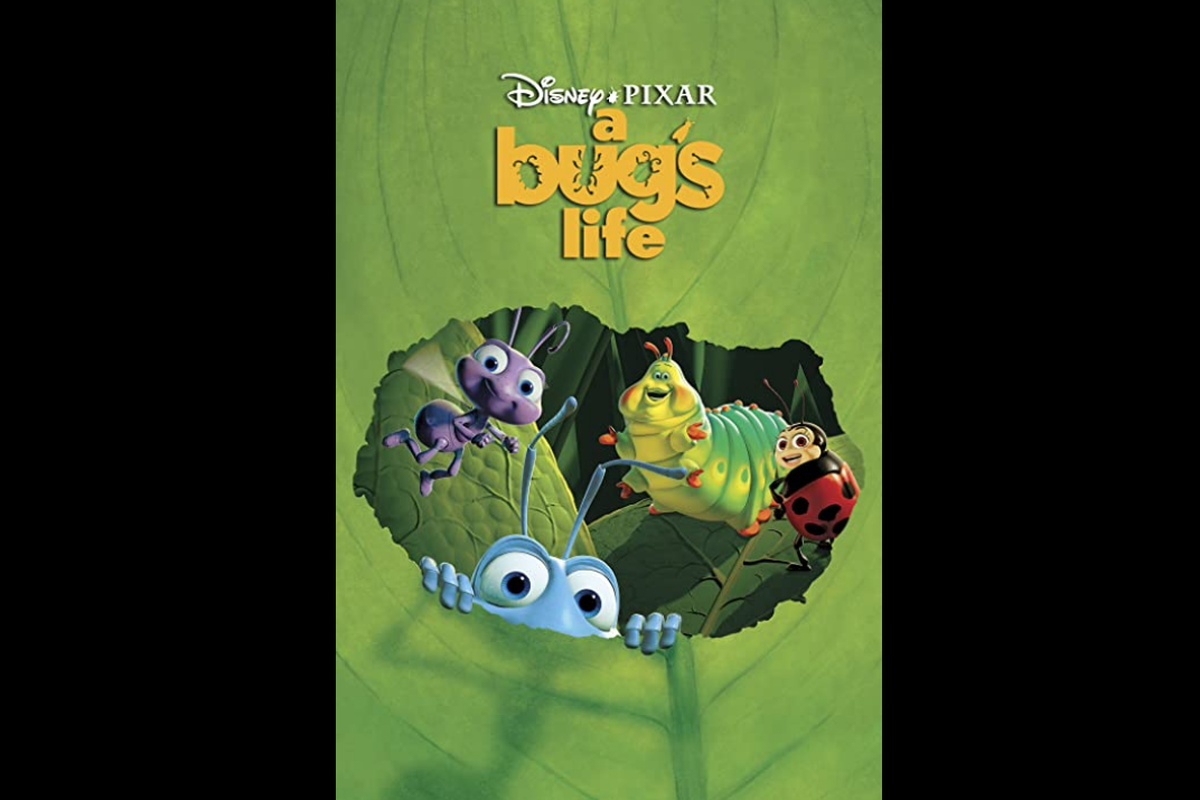Disney’s animated adaptation of Peter Pan remains one of the most beloved classics in the realm of animated films. Released in 1953, the movie captures the magic of J.M. Barrie’s timeless tale, bringing the enchanting world of Neverland to life through vibrant animation, memorable characters, and captivating music. Over the decades, Peter Pan has become a cultural touchstone, inspiring generations with its themes of adventure, childhood innocence, and the eternal quest for freedom. This article explores the origins, artistic elements, themes, and lasting legacy of Disney’s Peter Pan, providing a comprehensive overview of its significance in animation history and popular culture.
The Origins and Development of the Peter Pan Story
The story of Peter Pan originated from J.M. Barrie’s play Peter Pan, or The Boy Who Wouldn’t Grow Up, first performed in 1904. Barrie was inspired by a combination of childhood memories, local stories, and a desire to explore themes of innocence and escapism. Initially conceived as a stage play, the narrative centered around the adventures of a boy who refused to mature and his encounters with pirates, fairies, and other fantastical elements. The play was later expanded into a novel, Peter and Wendy, published in 1911, which solidified the story’s popularity and cultural significance.
Disney’s adaptation of Peter Pan was developed during a period when the studio sought to create animated films based on beloved stories and fairy tales. The project was officially announced in the early 1950s, with the goal of capturing the magic of Barrie’s original work while making it accessible to a broader audience. The film’s development involved translating stage and literary elements into a visual and musical format suitable for animation. Notably, Disney’s team took creative liberties, emphasizing humor, adventure, and a family-friendly tone, which contributed to the film’s distinctive style.
Throughout its development, the film faced various challenges, including translating the whimsical and sometimes darker elements of the original play into a suitable animated format. The story was simplified to focus on the core characters and themes, and new scenes were added to enhance the narrative flow. The animation team drew inspiration from contemporary artistic styles and incorporated innovative techniques to bring Neverland and its inhabitants to life. Despite some controversy over its portrayal of certain characters and themes, Disney’s Peter Pan ultimately became a defining representation of the story.
The film’s production spanned several years, with meticulous attention to detail in animation, character design, and storytelling. The studio aimed to create a lively, colorful world that would appeal to children and adults alike. The development process also involved adapting Barrie’s original dialogue and narrative, balancing fidelity with creative reinterpretation. Disney’s Peter Pan debuted in 1953, marking a significant milestone in animated filmmaking and establishing a new benchmark for storytelling through animation.
Over the years, the film has undergone various re-releases and adaptations, cementing its place as a cornerstone of Disney’s animated canon. Its origins, rooted in early 20th-century theater and literature, have been transformed through animation into a timeless visual and musical experience that continues to resonate with audiences worldwide. The development of Peter Pan reflects Disney’s commitment to blending classic storytelling with innovative animation techniques, ensuring its enduring legacy.
Key Characters and Their Roles in the Film
The film features a memorable cast of characters that embody the themes of adventure, innocence, and imagination. Peter Pan, the titular character, is a spirited, mischievous boy who refuses to grow up. His adventurous spirit and fearless attitude make him the natural leader of the Lost Boys and the central figure in Neverland’s ongoing adventures. Peter’s character embodies the desire for eternal youth and the thrill of childhood discovery, serving as both a hero and a symbol of youthful freedom.
Wendy Darling is a nurturing and imaginative girl who becomes a mother figure to the Lost Boys during her visit to Neverland. Her curiosity about the world beyond childhood and her longing for a sense of belonging drive much of the story’s emotional core. Wendy’s character also introduces themes of maturity and responsibility, contrasting with Peter’s carefree attitude. Her interactions with Peter and the other characters highlight the importance of growing up while cherishing childhood innocence.
Captain Hook, the main antagonist, is a flamboyant and cunning pirate captain obsessed with revenge against Peter Pan, who famously cut off his hand and fed it to a crocodile. Hook’s menacing yet often humorous personality provides comic relief and tension throughout the film. His desire for revenge and his schemes to capture Peter add an element of danger and excitement to the story, making him one of Disney’s most memorable villains.
Tinker Bell, the fairy and Peter’s loyal companion, is a tiny, feisty sprite whose jealousy and pride create both conflict and humor. Tinker Bell’s magical abilities aid Peter and Wendy in their adventures, and her character symbolizes the power of belief and faith. Her iconic, shimmering presence and the famous "Tinker Bell" effect have made her a symbol of Disney’s fairy universe.
Other notable characters include the Lost Boys, a group of mischievous boys who live in Neverland and look up to Peter as their leader, and Mr. and Mrs. Darling, Wendy’s parents, who represent the familiar world of childhood and family. Each character contributes uniquely to the narrative, emphasizing themes of adventure, innocence, and the tension between childhood and adulthood. Their interactions create a rich tapestry that has captivated audiences for generations.
The Artistic Style and Animation Techniques Used
Disney’s Peter Pan showcases a distinctive artistic style characterized by vibrant colors, fluid animation, and detailed character design. The film’s animation was a product of Disney’s innovative techniques during the early 1950s, combining traditional hand-drawn methods with meticulous background artistry. The visual style aimed to evoke a sense of wonder and fantasy, capturing the magical atmosphere of Neverland and its inhabitants.
The backgrounds of Peter Pan are lush and detailed, often inspired by European art, with a focus on creating immersive environments. The lush forests, pirate ships, and fantastical landscapes were painted with watercolor-like textures and rich color palettes, enhancing the film’s dreamlike quality. The characters themselves were designed with expressive features and exaggerated movements to convey personality and emotion, a hallmark of Disney’s animation style.
One of the notable animation techniques used was the "multi-plane camera," which allowed for a sense of depth and three-dimensionality in scenes. This technique involved layering different elements of a scene at various distances from the camera, creating a dynamic and visually appealing effect. Disney’s animators also employed rotoscoping for certain sequences to achieve realistic movements, especially in action scenes like the flying sequences that are central to the film.
The animation team paid special attention to the depiction of flight, a key element of the story. The sequences of Peter and Wendy soaring through the skies were achieved through innovative techniques, including the use of wire rigs and careful timing to make the movements appear smooth and natural. The flying scenes remain some of the most iconic visuals in Disney animation, emphasizing the sense of freedom and adventure that defines the story.
Overall, the artistic style of Peter Pan reflects Disney’s mastery of traditional animation, blending artistic craftsmanship with technical innovation. The film’s visuals continue to be celebrated for their vibrant color schemes, detailed backgrounds, and expressive character animation, which have helped it stand the test of time as a visual masterpiece in animated filmmaking.
The Musical Score and Notable Songs from the Movie
Music plays a vital role in Peter Pan, contributing to its whimsical atmosphere and emotional depth. The film’s score was composed by Frank Churchill and Oliver Wallace, with lyrics by Sammy Cahn and Carolyn Leigh for the songs. The soundtrack features a blend of lively, adventurous melodies and tender ballads that enhance the narrative and character development.
One of the most recognizable songs from the film is "You Can Fly! You Can Fly! You Can Fly!", which captures the excitement and wonder of flight. The song is often associated with the iconic flying sequences and has become synonymous with the film’s theme of imagination and possibility. Its uplifting melody inspires a sense of hope and adventure, resonating with audiences of all ages.
"Following the Leader" is another lively song that introduces the Lost Boys and emphasizes their playful, mischievous nature. The song’s upbeat tempo and catchy chorus make it a favorite for audiences and reflect the carefree spirit of childhood. The musical numbers are seamlessly integrated into the story, often advancing the plot or revealing character traits.
The film also features the tender ballad "Your Mother and Mine," sung by Wendy and her mother, which underscores themes of family, love, and the longing for childhood innocence. This song adds emotional depth to the narrative, contrasting with the more exuberant melodies. The score’s variety of musical styles helps to create a dynamic listening experience that complements the visual storytelling.
Over the years, the soundtrack of Peter Pan has remained popular, with many songs becoming standards in Disney’s musical repertoire. The memorable melodies and heartfelt lyrics continue to evoke nostalgia and joy, making the music an integral part of the film’s enduring appeal. The soundtrack’s timeless quality has helped it remain relevant and cherished by new generations of fans.
Themes and Messages Conveyed in Peter Pan
Peter Pan explores several enduring themes, chief among them the desire to remain young and the importance of imagination. The story celebrates childhood innocence, curiosity, and the boundless possibilities of imagination, encouraging audiences to cherish their sense of wonder. Peter’s refusal to grow up symbolizes a longing to preserve the joy and freedom of childhood, even as life inevitably moves forward.
Another prominent theme is the tension between childhood and adulthood. Wendy’s character embodies the transition from innocence to maturity, grappling with her responsibilities and the desire for adventure. The film subtly suggests that growing up involves accepting change while holding onto the core values of kindness, imagination, and belief. This message resonates with both children and adults, prompting reflection on the balance between innocence and maturity.
The concept of belief is


